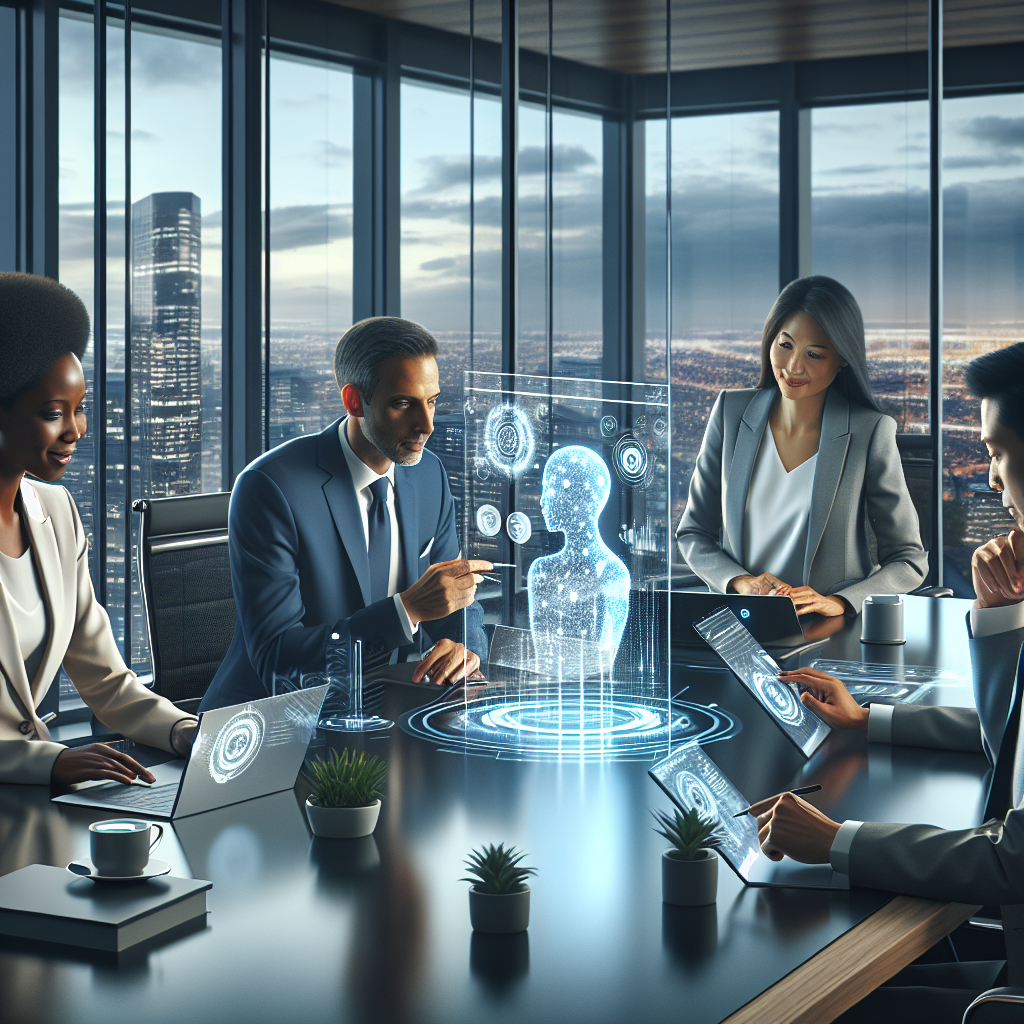AI Complements Human Work: Unlocking Productivity Benefits Takes Time
In the realm of digital transformation, the rise of artificial intelligence (AI) has sparked both excitement and concern. While some fear that AI will replace human jobs, studies have consistently shown that AI complements rather than replaces human roles. However, unlocking the full productivity benefits of this synergy requires time, adoption, and workflow changes.
Research has indicated that AI is most effective when it works alongside humans to enhance productivity and efficiency. For example, AI-powered tools can analyze vast amounts of data in a fraction of the time it would take a human, providing valuable insights that humans can then use to make informed decisions. This collaboration between AI and humans can lead to more innovative solutions, improved customer experiences, and streamlined processes.
One key aspect of AI’s complementarity with human work is its ability to automate repetitive tasks, allowing humans to focus on more strategic and creative endeavors. By taking over mundane and time-consuming tasks, AI frees up human employees to engage in higher-level thinking, problem-solving, and relationship-building activities. This not only boosts productivity but also fosters a more fulfilling work environment for employees.
Despite the clear benefits of AI-human collaboration, many organizations struggle to fully leverage AI in the workplace. One major hurdle is the time and effort required for adoption and integration. Implementing AI technologies often involves significant changes to existing workflows, which can disrupt operations and require additional training for employees. As a result, some organizations may be hesitant to invest in AI or may not fully realize the potential benefits due to incomplete or ineffective implementation.
To overcome these challenges and unlock the productivity benefits of AI-human collaboration, organizations must prioritize change management and employee training. By involving employees in the adoption process, addressing their concerns, and providing them with the necessary skills to work alongside AI, organizations can ensure a smoother transition and maximize the effectiveness of AI technologies.
Furthermore, organizations must be willing to adapt their workflows and processes to fully integrate AI into their operations. This may involve reevaluating existing practices, restructuring teams, and establishing clear communication channels between humans and AI systems. By creating a seamless and collaborative environment for AI and human workers, organizations can optimize productivity and drive innovation.
In conclusion, research consistently shows that AI complements human work rather than replacing it. By harnessing the power of AI to automate tasks, analyze data, and enhance decision-making, organizations can empower their employees to focus on higher-value activities and drive business growth. However, realizing the full potential of AI-human collaboration requires time, effort, and a strategic approach to adoption and integration. By investing in change management, training, and workflow optimization, organizations can unlock the productivity benefits of AI and create a more efficient and innovative workplace.
AI, Human Work, Productivity Benefits, Adoption, Workflow Changes
